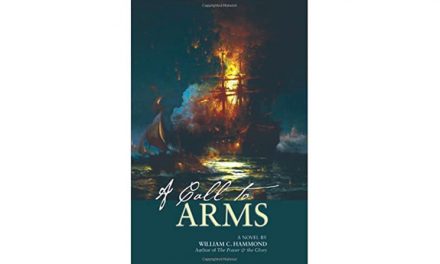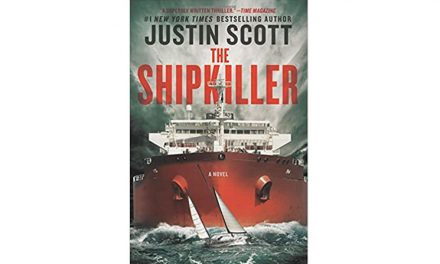DEPARTMENT OF CORRECTIONS
Last month, we ran a letter from Hal Shanafield, his response to the question of renting vs. owning a sailboat. He referred to his experience at a yacht club and we erroneously printed the wrong name of the club. I’ll let Hal set the record straight:
“You inserted the word “International” into the name of the yacht club I mentioned. The club I wrote about was the American Yacht Club Berlin. It was formed in 1968 and was the successor to the Berlin American Yacht Club, which was formed soon after the American occupation of Berlin began in 1945. The BAYC was defunct well before the AYCB was formed. The AYCB was fundamentally a military club, although we did have a small percentage of members from other countries. When the occupation ended in 1994, the AYCB also ended its existence. Sometime later, the yacht club with the word International in its name was formed, although I don’t know much about that. It’s a little confusing, I admit, but I thought I should set the record straight.
“I noticed that you truncated my original comment, as is your right, of course, as editor. I guess I was being a little too naughty for a family magazine. I enjoy reading Good Old Boat and The Dogwatch, and look forward to each issue. I think you and your staff are doing a great job of putting out a sailing magazine for the rest of us.”
W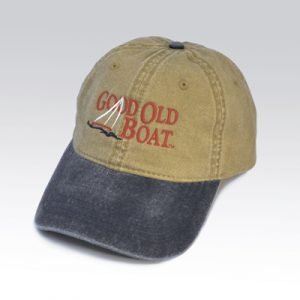 ANT TO EARN A GOOD OLD BOAT HAT?
ANT TO EARN A GOOD OLD BOAT HAT?
Do you have a great photo of an aid to navigation? We want to see it. If we print it in the magazine, we’ll send you a Good Old Boat hat or shirt, your choice. And it doesn’t have to be a buoy, but certainly can be. The better the photo, or the more unique the aid or photo, the better your chances. Send your photo to Michael_r@goodoldboat.com
NEW LASER BUILDER NEEDED
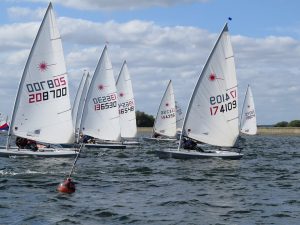 Managers of the International Laser Class Association (ILCA) announced today they are seeking new builders to complement their existing network of Laser manufacturers. The move comes after longtime-builder of the class dinghy, Laser Performance (Europe) Limited (LPE), breached the terms of the Laser Construction Manual Agreement (LCMA), which seeks to ensure the identical nature of all Laser class boats, regardless of where they are built.
Managers of the International Laser Class Association (ILCA) announced today they are seeking new builders to complement their existing network of Laser manufacturers. The move comes after longtime-builder of the class dinghy, Laser Performance (Europe) Limited (LPE), breached the terms of the Laser Construction Manual Agreement (LCMA), which seeks to ensure the identical nature of all Laser class boats, regardless of where they are built.
“We’re disappointed to see such a long and productive relationship come to an end, but we had to move ahead in order to protect the level of competition and the investment for the 14,000 members of the International Laser Class and the more than 50,000 sailors around the world who regularly sail the Laser dinghy,” said Class President Tracy Usher. With its UK-based manufacturing facility, LPE was the ILCA-approved builder that produced boats for most of Europe, Asia and the Americas until earlier this week, when Usher says the class terminated the LCMA with respect to LPE after the builder’s refusal to allow inspection of the boats being built in their manufacturing facility as required by that contract.
“The very heart of our class is the ability for any sailor to race any other on an equal playing field, and the only way we can guarantee that level of parity is by ensuring that all builders are producing the boat in strict accordance with the Laser Construction Manual,” explained Usher, who said that LPE has unequivocally denied the class their right to access to LPE’s factory. “It’s the same for every class of one-design racing boat: if we can’t be sure that they are all the same, we have no class left,” said Usher, who said that LPE left the class “no option.”
Fortunately for sailors around the world, there are already two other manufacturers of class-legal boats, one in Japan and another in Australia. The Laser class was established in 1972. We recently reported that Olympic organizers were considering eliminating competition in Laser boats.
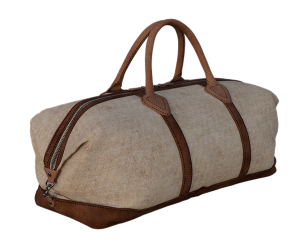 NAUTICAL TRIVIA
NAUTICAL TRIVIA
Get this: we learned that there is a Duffel, Belgium, and that’s where the ubiquitous duffle (or duffel) bag gets its name. Apparently, Duffel was once the fount of the coarse, thick, woolen cloth originally used for sturdy coverings aboard ships, the scraps of which sailors used to make bags to carry personal gear, both on aboard and ashore. Now you know.



